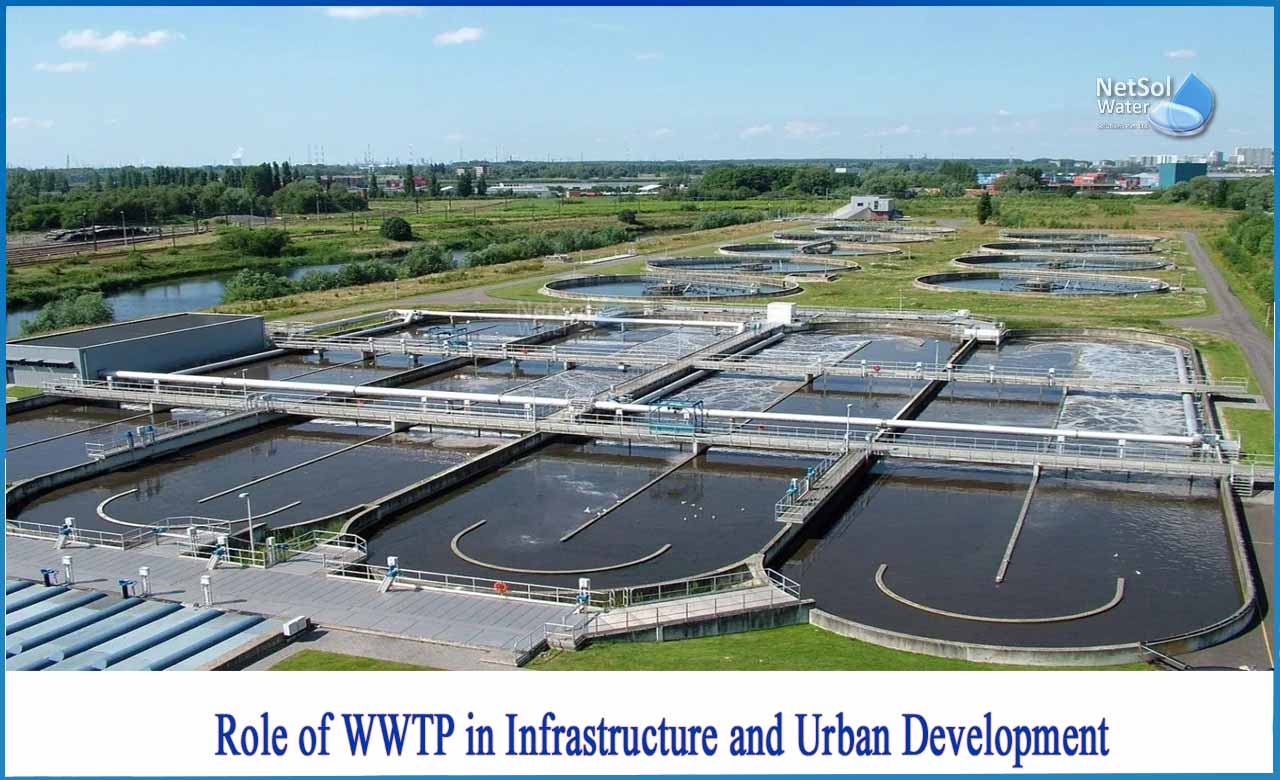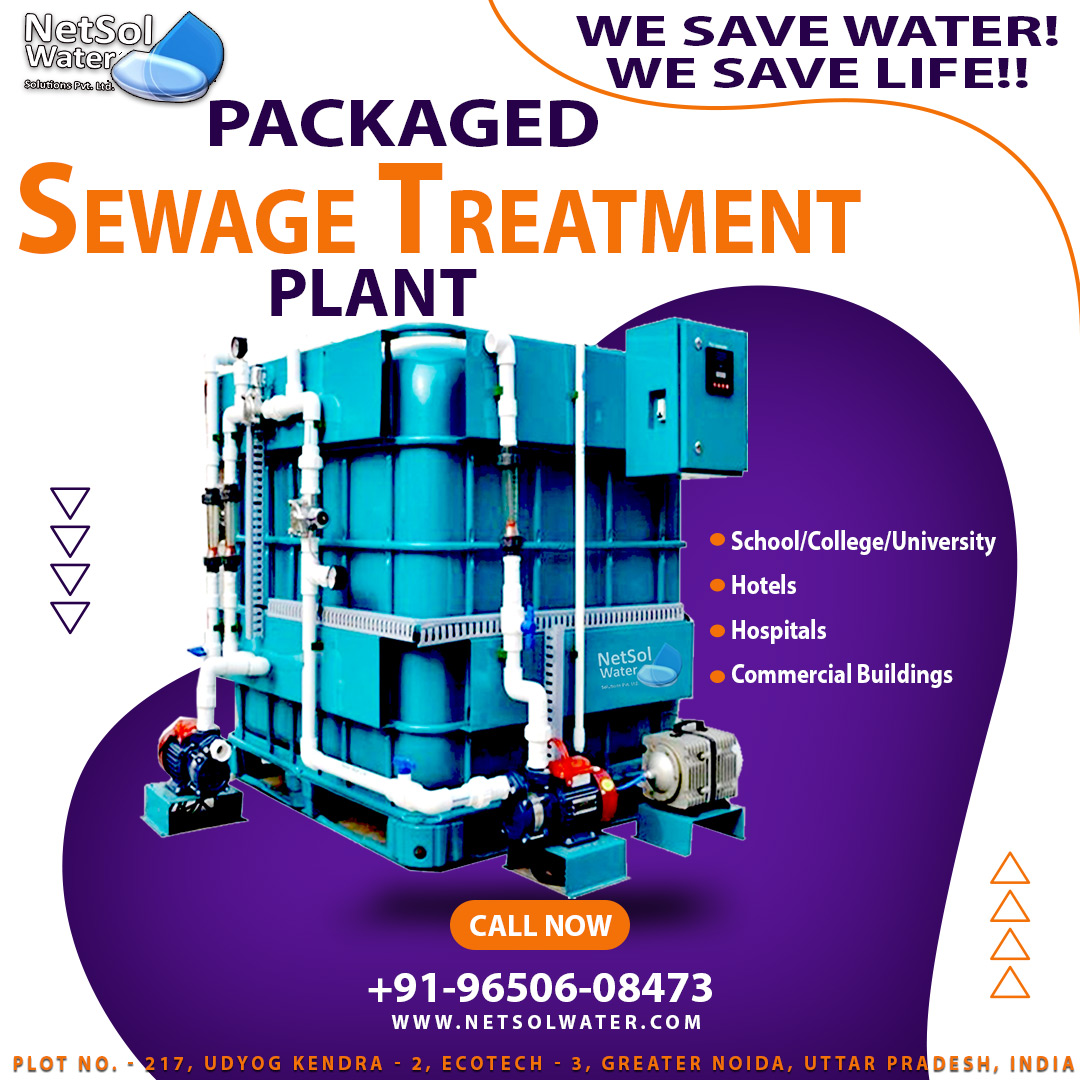What is the Role of WWTP in Infrastructure and Urban Development?
In India, one of the most water-stressed countries in the world, water scarcity will increase over time. According to a 2018 Niti Aayog survey, the amount of water available per capita will decrease from 1,544 m3 in 2011 (1,816 m3 in 2001) to 1,465 cubic meters by 2025.
If care is not taken properly, countries can face a variety of related issues, from poor hygiene, conflict and health problems to water access, food security and climate change.
The question is where from India will get water in the coming years?
According to the Central Pollution Control Board, India will need 1.5 trillion cubic meters of water by 2030.
How will the gap between water supply and demand be closed?
One alternative to India's growing water crisis is recycling and reuse of purified wastewater. This can be one of the means to relieve pressure on water resources. Central urban development programs such as Jal Shakti Abhiyan, Swachh Bharat Mission, and Atal Mission for Rejuvenation and Urban Transformation (AMRUT), Smart Cities Mission and Namami Gange are essential for wastewater treatment. It also emphasizes the reuse of wastewater (including grey and black water) for a variety of purposes, especially for non-drinking purposes such as horticulture and flushing.
Water drainage
About 80% of the water supplied to households is discharged as wastewater. The discharge is usually untreated. Therefore, it is either a potential groundwater pollution or is discharged into a natural drainage system, causing pollution in downstream and water bodies.
Currently, only 30 percent of India's urban wastewater is recycled. The difference to sewage treatment facilities (STPs) lies in the fact that urban areas are not properly funded and designed. For example, in Delhi, the situation of wastewater treatment is better on paper. Consuming 3,420 million litres (MLD) per day produces more than 2,600 MLD of wastewater. Of these, 1,600 MLD will be processed and 338 MLD will be reused.
Mumbai is worse. Of the 3,750 MLD supply, 2,300 -2400 MLDs flow into the sea with little processing, according to officials from the Greater Mumbai Municipal Corporation. Instead of building traditional large STPs with a focus on building large infrastructure networks, we need to look for alternatives that do not harm the economy or the environment.
Mainstreaming wastewater treatment
Using wastewater to grow crops can counteract water shortages in agriculture. Dairy wastewater increases the presence of antibiotic resistance genes in soil.
Appropriate mechanisms are needed to treat wastewater. The existing centralized approach should not be considered the only way. This is due to restricted access to the sewer network, inadequate functional STP, and budgetary restrictions.
Instead, a decentralized wastewater management approach can be seen as a sustainable and cost-effective alternative because it treats, drains, or reuses wastewater relatively close to its source. Like other systems, distributed systems need to be properly designed, maintained, and operated to provide optimal benefits. In the rapidly urbanizing cities of developing countries, decentralized wastewater treatment systems are an attractive solution to the problems of water pollution and shortages. They are widely advertised due to their low operational and maintenance requirements and low investment.
Decentralized sewage treatment facilities may be a viable alternative to areas that are not connected to the sewer network or are newly developed, so infrastructure construction is inadequate or it has not been completed or will be implemented in the future.
Wastewater management best practices
Tamil Nadu Police Housing Corporation (TNPHC) has successfully built an off-the-grid sewage treatment plant (STP) to improve the living conditions of a police housing complex in Abadi, a suburb of Chennai. This sewage treatment facility not only solved the problem of sewage treatment, but also provided the pond with treated water for fishing, vegetable cultivation and groundwater recharge to treat 12 lakh litres of wastewater daily without negative emissions, produce fertilizers, replenish groundwater, eliminate the causes of foul odours and water-borne diseases, and beautify the area.
Kolkata Wastewater Aquaculture System: Centuries-old Innovation from Farmers
Farmers in the city of Kolkata, India, developed techniques for using livestock sewage for fish farming and other agricultural purposes almost a century ago. This technique is widely used to meet the growing demand for fish. This technology is considered unique and is the world's largest operational system for converting waste into consumer products.
No liquid release in Tilpur's textile industry
The South Indian knitwear centre Tiruppur's dyeing and bleaching industry is known as the first industry to consistently choose Zero Liquid Discharge (ZLD) to avoid the release of harmful substances. ZLD's components, including reverse osmosis, enable extensive reuse and recovery of water and salt, and the process minimizes freshwater requirements.
As many industries are taking steps towards sustainable development and water conservation, we, Netsol Water being a waste water company and an environment lover are ready to help more and more industries for installing STP’s, ETP’s, etc.




